That moment when you step downstairs and feel that familiar damp chill or spot a dark patch on the wall—it’s a sinking feeling we know all too well. Your lower level should be a place of comfort and extra space, not a source of worry. When moisture creeps in, it brings more than just water; it brings stress about your family’s health and your home’s safety.
We understand how overwhelming it can feel to face these challenges. That’s why we created this comprehensive guide to walk you through finding the right solution for your specific situation. Whether you’re dealing with seasonal dampness or more serious concerns, we’re here to help you reclaim your space.
Our team provides expert guidance available 24/7 at 1-833 888 2533, because water issues don’t follow a 9-to-5 schedule. We’ll help you understand why moisture enters your space and how different approaches can protect your property effectively.
By the end of this guide, you’ll feel confident choosing a solution that keeps your lower level dry and usable. You’ll transform what was once a problem area into valuable living space that enhances your entire property.
Key Takeaways
- Water issues in your lower level can create unhealthy conditions and prevent you from using valuable space
- Proper moisture control protects both your property’s structure and your family’s health
- Different situations require tailored solutions for effective protection
- Expert guidance is available around the clock to help with unexpected moisture problems
- Understanding the cause of water entry is the first step toward finding the right solution
- A well-chosen approach can transform damp areas into comfortable, usable spaces
- This guide provides practical insights to help you make informed decisions for your property
Introduction to Our Buyer’s Guide
Choosing the right protection for your lower level is one of the most important decisions a homeowner can make. Almost every property will face moisture issues at some point. This guide empowers you with clear, practical knowledge.
We break down complex topics into understandable steps. Our goal is to help you identify your specific situation and find the most effective solution. You’ll gain confidence in protecting your investment.
Understanding Your Home’s Water Challenges
Water problems are rarely simple. They can stem from surface runoff, underground pressure, or foundation complications. The source changes with the seasons.
Spring thaws and heavy rains often reveal vulnerabilities. We help you diagnose the root cause accurately. Is moisture seeping through walls, floors, or cracks?
Our team understands regional soil types and weather patterns. This local knowledge is crucial for a tailored approach. Effective solutions address the specific conditions in your area.
- Track where and when dampness appears.
- Note any musty odors or visible seepage.
- Consider your home’s age and construction.
How We Support You 24/7
Water issues don’t wait for business hours. A sudden leak or flood can happen anytime. That’s why our support center is always open.
You can reach an expert at 1-833 888 2533 day or night. We provide immediate guidance for unexpected problems. You are never alone in dealing with these challenges.
We answer questions about diagnostics, solutions, and next steps. Our commitment is your peace of mind, whenever you need it.
Choosing the Perfect Basement Drainage System
Finding the ideal solution for your home’s moisture control starts with understanding two main approaches. Each method offers distinct advantages depending on your specific situation.
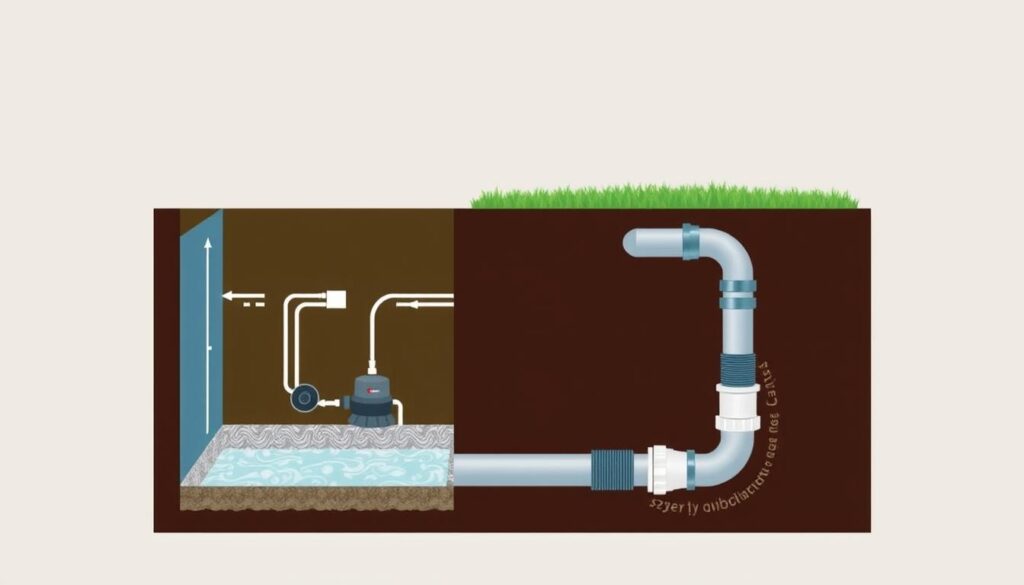
Interior Versus Exterior Options
Interior approaches work inside your foundation walls. They collect water that has already entered your space. This method is typically less disruptive to your landscape and more budget-friendly.
Exterior methods are installed around your home’s perimeter. They intercept water before it reaches your foundation. While more involved, they provide proactive protection against serious water table issues.
| Feature | Interior Approach | Exterior Approach |
|---|---|---|
| Installation Complexity | Moderate | High |
| Cost Range | $3,000 – $8,000 | $8,000 – $15,000 |
| Landscape Impact | Minimal | Significant |
| Protection Level | Reactive | Proactive |
Comparing Sump Pumps, French Drains, and More
Popular components serve different purposes in your moisture management strategy. A sump pump actively removes collected water from your space.
French drains channel water away from problem areas. Channel drains and footing drains address specific entry points.
“The right combination of components creates comprehensive protection tailored to your home’s unique needs.”
Many effective solutions combine multiple elements. Pairing an interior French drain with a reliable sump pump provides strong defense.
Contact us anytime at 1-833 888 2533 to discuss which approach works best for your situation and budget.
Key Components and Materials Overview
Quality components form the foundation of any reliable moisture protection strategy for your lower level. Knowing what materials go into your setup helps you understand your investment and evaluate product quality effectively.
Essential Supplies and System Parts
The backbone of most interior approaches is a 4-inch perforated pipe installed around your space’s perimeter. This pipe collects water along the edges and channels it toward an exit point.
Quality pipe materials resist crushing under concrete while allowing water entry. Surrounding gravel acts as a filter medium, preventing clogs while enabling flow.
The sump pump basin provides a collection reservoir where water accumulates. Choosing the right size prevents frequent cycling and ensures efficient operation.
Innovative Features from Proven Designs
Modern designs integrate multiple collection features into single components. The Drain Main approach includes open-back channels that never restrict water intake.
Wall flanges capture seepage before it reaches your floor space. Front toe channels keep concrete seam areas dry, while bottom rubber flanges trap collected water effectively.
| Component | Primary Function | Key Feature |
|---|---|---|
| Perforated Pipe | Water collection along perimeter | Schedule 10 PVC durability |
| Sump Basin | Water reservoir before pumping | 30-36 inch depth for proper capacity |
| River Rock | Filtration and flow maintenance | Prevents soil and debris clogs |
| Wall Flanges | Capture wall seepage | Directs water into main channel |
We help source quality components for your setup. Reach us at info@dmvwp.com or call 1-833 888 2533 for supplier recommendations.
Evaluating the Benefits of a Basement Drainage System
Investing in proper moisture management brings multiple advantages that extend far beyond just keeping your lower level dry. The right approach protects your entire property investment while creating healthier living conditions.
Preventing Basement Flooding
A reliable setup with components like sump pumps significantly reduces flooding risks. During heavy storms or rapid snow melts, these devices actively remove water before it causes damage.
Flood prevention protects your possessions and maintains structural integrity. It also stops mold growth that can trigger health issues.
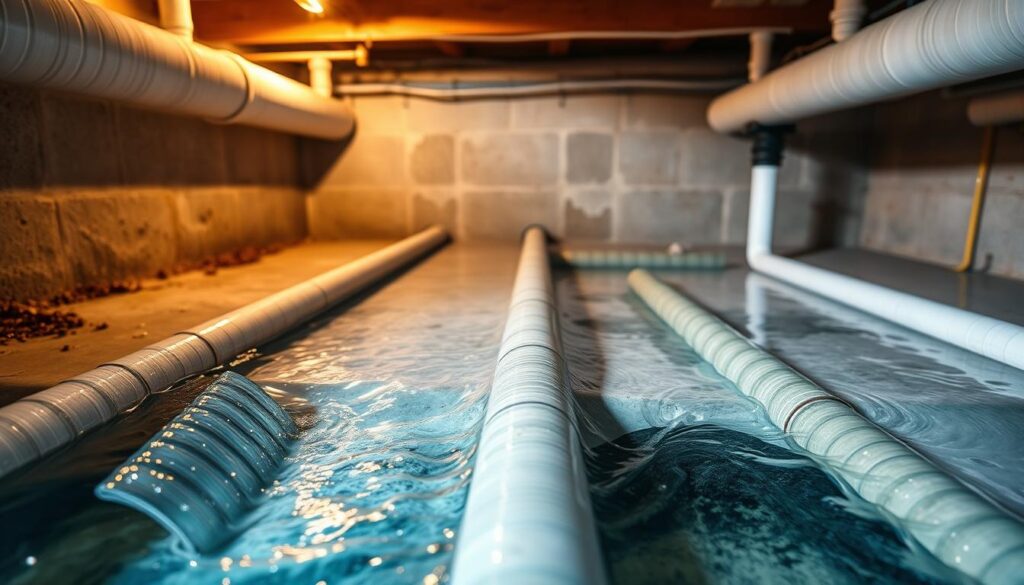
Enhancing Home Value and Health
Keeping your foundation area consistently dry transforms unusable space into valuable living areas. This effectively increases your home’s functional square footage.
Improved air quality benefits everyone in the house. Eliminating damp conditions reduces allergens and creates a more comfortable environment.
| Benefit Category | Immediate Impact | Long-Term Value |
|---|---|---|
| Flood Prevention | Protects belongings | Preserves foundation |
| Health Improvement | Better air quality | Reduced allergy risks |
| Space Utilization | Dry storage area | Increased property value |
| Cost Efficiency | Avoids emergency repairs | Long-term savings |
“Proper moisture control isn’t an expense—it’s an investment that pays dividends in protection, health, and property value.”
Protect your home investment with professional solutions. We’re available 24/7 at 1-833 888 2533 to discuss how waterproofing enhances your property value.
Installation Considerations: DIY and Professional Help
When facing moisture issues in your lower level, homeowners must decide between tackling the project themselves or hiring experienced professionals. We understand that cost considerations play a major role in this decision.
DIY installation can save significant money—professionals typically charge $5,000 to $8,000 for standard projects, while determined homeowners can complete the same work for approximately $1,500 in materials.
Preparing Your Space and Gathering Tools
Before committing to diy, understand that this work involves physically demanding tasks. You’ll need access to specialized equipment including jackhammers, hammer drills, and shop vacuums.
The location of your home affects diy feasibility. You must transport heavy materials like gravel, pipe sections, and concrete mix to your property.
Time investment typically spans several weekends. You must account for concrete curing before restoring your floor space.
Benefits of Expert Installation
Professional installation offers advantages beyond physical labor. Experienced contractors understand local soil conditions, building codes, and proper slope calculations.
They know how to handle unexpected complications during excavation. This expertise ensures your drain approach effectively addresses water issues.
Whether you choose DIY or professional installation, we’re here to help. Call 1-833 888 2533 to discuss your project or schedule a consultation at any of our five locations.
Addressing Common Basement Waterproofing Challenges
Catching moisture problems early can save you thousands in repairs and prevent major headaches down the road. We help homeowners identify subtle warning signs before they become serious issues.
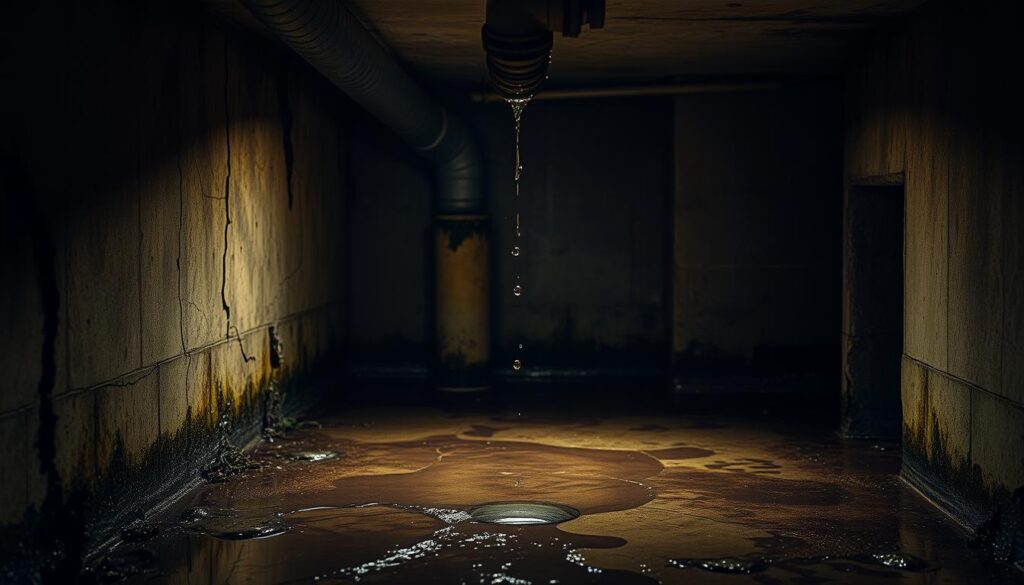
Many people miss the early indicators of water intrusion. Recognizing these signs helps you address problems when solutions are simpler and more affordable.
Identifying Early Signs of Water Damage
Watch for damp spots on your concrete floor or white mineral deposits called efflorescence on foundation walls. Musty odors that linger despite ventilation often indicate hidden moisture problems.
Water stains appearing as discoloration or tide marks on walls tell a story of past moisture presence. We encourage investigating these signs rather than covering them with paint.
Foundation cracks wider than hairline thickness can allow water entry. Our team helps distinguish between normal settling cracks and those requiring immediate attention.
| Warning Sign | Possible Cause | Recommended Action |
|---|---|---|
| Damp spots on floor | High water table or poor grading | Check exterior drainage first |
| Efflorescence on walls | Mineral deposits from evaporating water | Identify water entry points |
| Persistent musty odor | Mold growth in hidden areas | Improve ventilation and address moisture |
| Visible mold growth | Chronic dampness | Professional assessment needed |
Before considering interior solutions, address exterior issues directing water toward your foundation. Improper grading, missing gutters, or misdirected downspouts often cause basement water problems.
The ground should slope away from your walls by at least 6 inches over the first 10 feet. Correcting grading alone sometimes resolves moisture issues without needing interior work.
We’ve found irrigation systems spraying water against foundation walls create problems homeowners mistake for groundwater issues. Simple sprinkler adjustments can solve these situations.
Contact our experts at 1-833 888 2533 or info@dmvwp.com if you’re noticing any warning signs. Early detection makes solutions more effective and affordable.
Understanding Sump Pumps and Check Valve Systems
When heavy rains threaten your property, having the right sump pump configuration can mean the difference between dry floors and costly flooding. These devices serve as the active defense mechanism that keeps your lower level protected.
How Sump Pumps Prevent Flooding
Your sump pump sits in a basin where collected water gathers. When water levels rise, a float switch activates the motor. This begins the pumping process that moves water away from your home.
Understanding capacity is crucial. An undersized pump cannot handle heavy water flow during storms. Properly sized units manage typical volumes with reserve power.
We recommend backup systems for critical protection. Primary pump failure during power outages is when you need pumping capacity most. A check valve in the discharge line prevents backflow into your basin.
This valve stops water from returning when the pump shuts off. It reduces cycling and prevents re-pumping the same water. Different pump types offer various maintenance and noise advantages.
Regular testing ensures your flooding protection activates when needed. Modern systems can include battery backups and Wi-Fi alerts for advanced warning.
We can help you select the right sump pump configuration for your needs—reach our specialists 24/7 at 1-833 888 2533.
Comparing French Drains, Channel Drains, and Footing Drains
Each property has unique water challenges that require specific solutions tailored to the situation. We help homeowners understand which approach works best for their specific conditions.
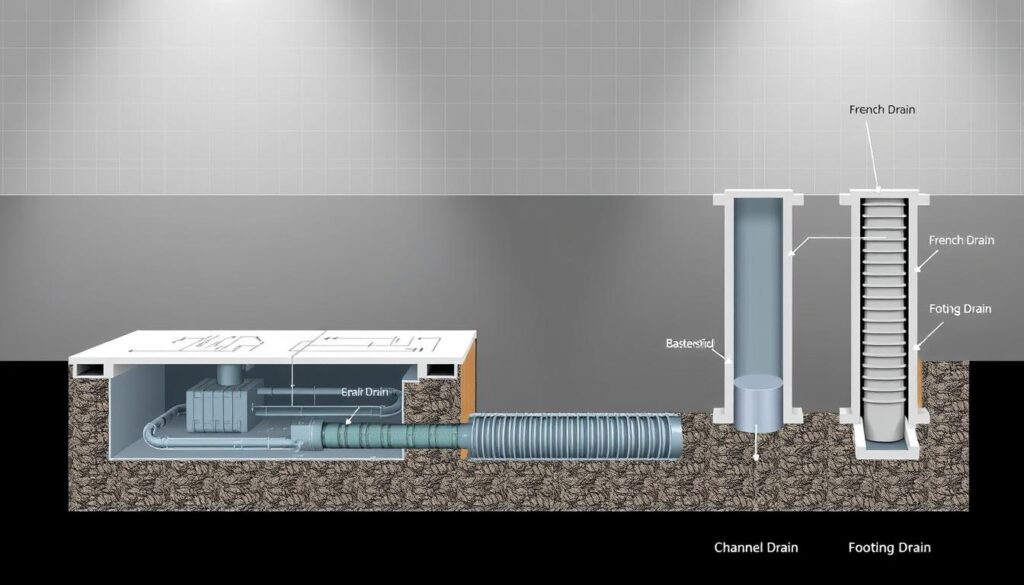
How Each System Works to Redirect Water
French drains use a perforated pipe surrounded by gravel along your property’s perimeter. Water enters through the pipe openings and flows by gravity to a collection point.
Channel drains feature a manufactured trough at floor-wall joints. They capture surface water efficiently without extensive excavation.
Footing drains are buried deep near foundation bases. They intercept groundwater before pressure builds against walls.
Maintenance Tips for Long-Term Efficiency
All these systems need regular attention to maintain proper water flow. We recommend annual inspections to check for debris buildup.
Use proper filter fabric around pipes to prevent soil from entering the line. This keeps your systems working effectively for years.
Establish a cleaning schedule based on your local conditions. Areas with high water table may need more frequent maintenance.
For expert guidance on selecting the right drain type for your property, contact us at 1-833 888 2533 or email info@dmvwp.com.
Long-Term Maintenance and Inspection Tips
Proper maintenance transforms your water management setup from a temporary fix into a lifelong solution. Consistent care ensures your investment continues protecting your home effectively for decades.
Establishing a Regular Cleaning Routine
We recommend quarterly check-ups as your baseline schedule. Start by visually examining accessible components for obvious blockages like leaves or dirt accumulation.
Testing your sump pump every three months is crucial preventive care. Simply pour water into the basin to verify the float switch activates correctly.
Flushing pipes annually prevents sediment buildup that compromises water flow. Use high-pressure water jets or specialized tools to dislodge accumulated silt.
Preventive Strategies to Extend System Life
Your check valve requires annual inspection to ensure it prevents backflow effectively. A malfunctioning valve forces your pump to work harder, shortening its lifespan.
Professional inspections every few years provide valuable insights beyond DIY maintenance. Experienced technicians spot developing issues before they become emergencies.
We’ve seen well-maintained setups function reliably for 25-30 years. Our team across Washington DC, Rockville, North Bethesda, Manassas, and Ashburn provides comprehensive maintenance services.
Schedule your professional inspection by calling 1-833 888 2533. We’ll ensure your protection remains ready for whatever weather comes your way.
Contact Information and Local Service Options
When water threatens your property, having immediate access to expert help provides crucial peace of mind. We’ve established multiple offices throughout the region to serve you better.
Call Our 24/7 Support Center at 1-833 888 2533
Water emergencies don’t follow business hours. That’s why our support team is available around the clock. Call 1-833 888 2533 anytime for urgent assistance or general questions.
We understand that every house has unique needs. Our experts provide personalized guidance for your specific situation.
Visit Our Offices Throughout the DC Metro Area
We maintain five convenient locations to serve homeowners across Maryland and Virginia. Each office staffs professionals who understand local building codes and regional water challenges.
| Location | Address | Service Area |
|---|---|---|
| Washington, DC | 2315 Wisconsin Ave NW, DC 20007 | District properties & historic homes |
| Rockville, MD | 330 N Stonestreet Ave, Unit S, MD 20850 | Montgomery County communities |
| North Bethesda, MD | 5014 Nicholson Ln, Rockville, MD 20852 | Nearby Maryland neighborhoods |
| Manassas, VA | 10748 Sudley Manor Dr, VA 20109 | Prince William County residents |
| Ashburn, VA | 44121 Leesburg Pike Unit 170, VA 20147 | Loudoun County & surrounding areas |
For non-urgent inquiries, email us at info@dmvwp.com. We respond promptly to consultation requests and assessment scheduling.
“Local expertise matters when protecting your home from water damage.”
Whether you need emergency service or preventive maintenance, we’re here to help. Visit the location nearest your house or call our 24/7 support line today.
Conclusion
Your home’s protection against water damage represents one of the smartest investments you can make. We’ve walked through everything from understanding your unique water challenges to selecting the right approach for your foundation.
The key is matching the solution to your specific situation. Whether you choose interior or exterior methods, proper installation and regular maintenance ensure lasting results.
This investment protects your property’s value while creating healthy, usable space. It prevents costly damage and gives you peace of mind during heavy weather.
For personalized guidance on your basement waterproofing project, contact us at 1-833 888 2533 or info@dmvwp.com. We’re here to help 24/7 and ready to transform your lower level into dry, comfortable living space.

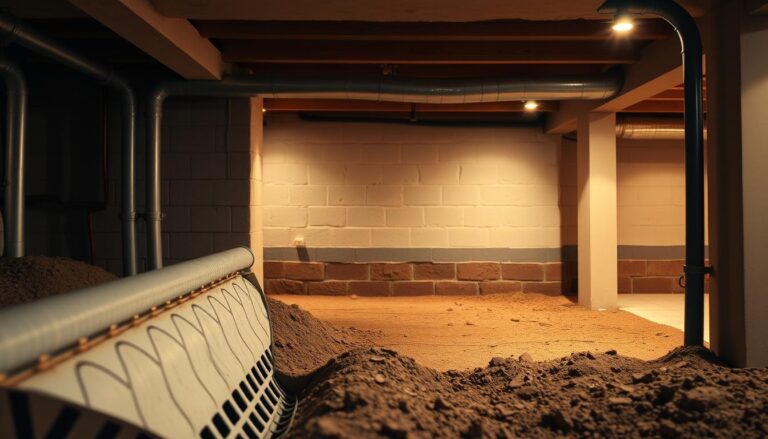
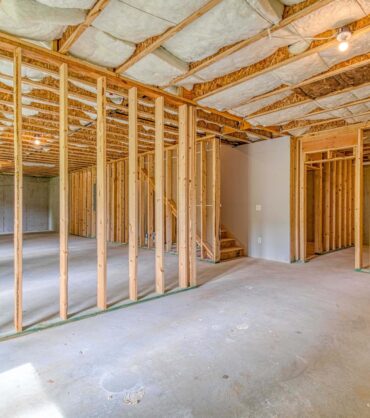
![[GetPaidStock.com]-680786795b816 [GetPaidStock.com]-680786795b816](https://dmvwp.com/wp-content/uploads/2025/04/GetPaidStock.com-680786795b816-370x418.jpg)
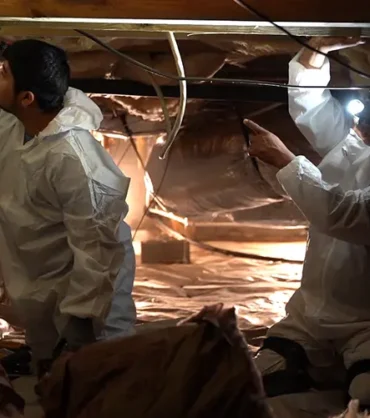
![[GetPaidStock.com]-682c400c87c15 [GetPaidStock.com]-682c400c87c15](https://dmvwp.com/wp-content/uploads/2025/04/GetPaidStock.com-682c400c87c15-370x418.jpg)
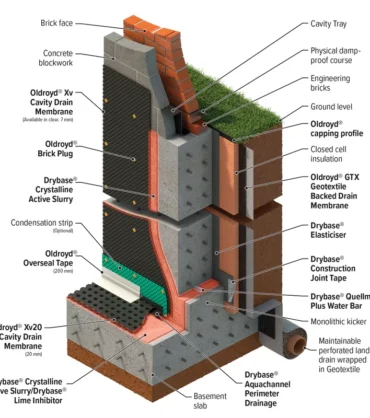
![[GetPaidStock.com]-682c413fa898e [GetPaidStock.com]-682c413fa898e](https://dmvwp.com/wp-content/uploads/2025/03/GetPaidStock.com-682c413fa898e-370x418.jpg)